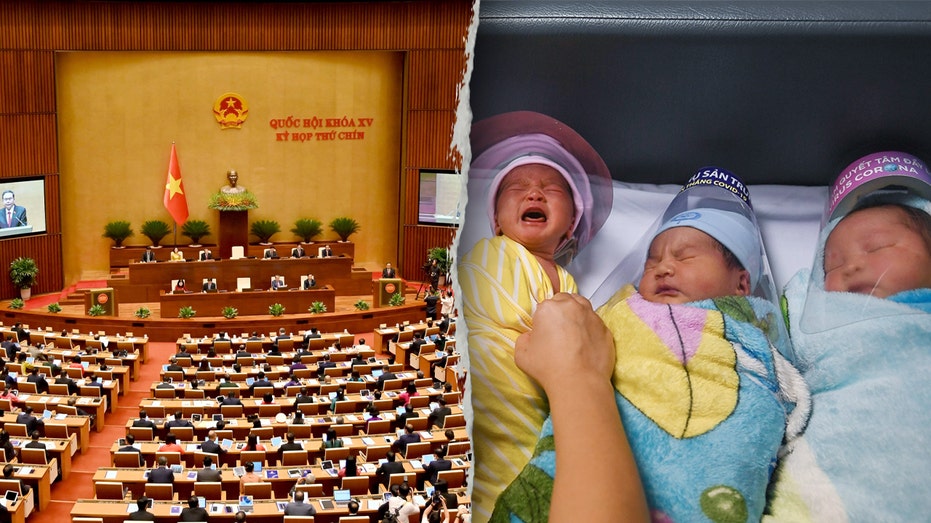A communist nation abandons its long-standing two-child policy as birth rates fall to dangerously high levels.
Vietnam's National Assembly ends the two-child policy implemented in 1993 to combat overpopulation, now facing declining birth rates and a significant gender imbalance of 111 boys per 100 girls in 2024.

In an effort to attract young people to an aging population, Vietnam has abolished its two-child restriction.
According to state media, a new amendment that prohibits families from having more than two children was approved by the National Assembly of the communist nation.
Vietnamese families are giving birth to fewer children and the birth rate has declined to 1.91 children per woman in 2024, state media said, and this is a trend that is especially true in the urban areas like Hanoi and Ho Chi Minh City, where there are higher living costs.
Vietnam’s two-child limit originated in the 1960s in Northern Vietnam to help prevent overpopulation, the Guardian reported.
After the reunification of Northern and Southern Vietnam, the two-child policy was encouraged throughout the entire country to prevent overpopulation and bring about a "golden population."
It wasn’t until 1993 that the policy was formalized as a national policy with the goal of controlling overpopulation.
According to the United Nations Population Fund (UNFPA), the proportion of citizens under 15 has declined dramatically from 43% to under 25% in comparison to the entire population.
The study by the UNFPA shows that the population of citizens aged 15 to 64 years has increased from 53% to 69%.
According to a study by Macrotrends.com, birth rates continuously dropped until 2003, and then saw a steady rise until 2013, when the free fall began again.
According to state media, Vietnam's "golden population" started in 2007, and is expected to continue between 2038 and 2040.
Today, Vietnam’s population is estimated to be more than 101 million people, making it the 16th-most populous country globally and third-largest in Southeast Asia.
The Ministry of Health noted that gender-selective births have been one of the causes of the gender imbalance in Vietnam. The imbalance of male to female births grew from 103 boys per 100 girls in 2006 to 111 boys per 100 girls in 2024.
To help counter this, the ministry has proposed raising the fine from 30 million to 100 million Vietnamese dong — roughly $1,150 to around $4,000 — for gender-selective practices.
China implemented a one-child ban in 1979 due to concerns about population growth, according to The Associated Press.
The nation has been gradually loosening the law to permit a second child and eventually a third in 2021 as worries about an aging population have grown, but this hasn't done much to increase birthrates.






















